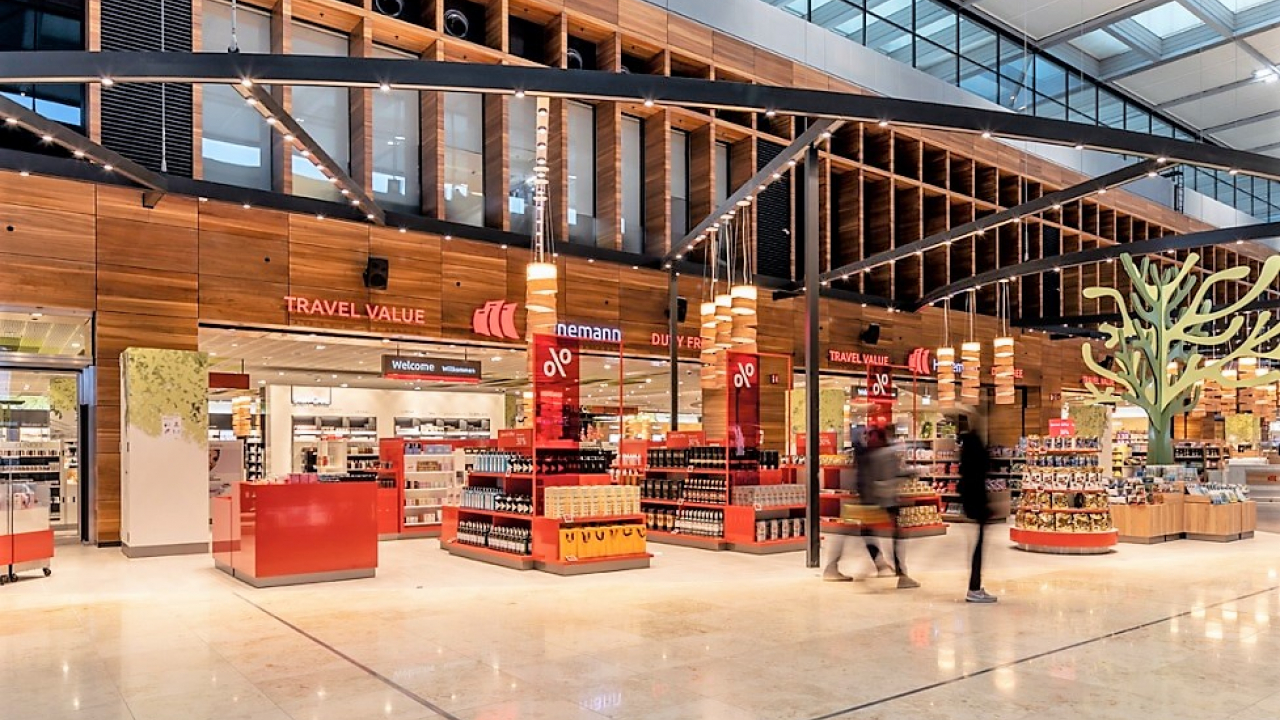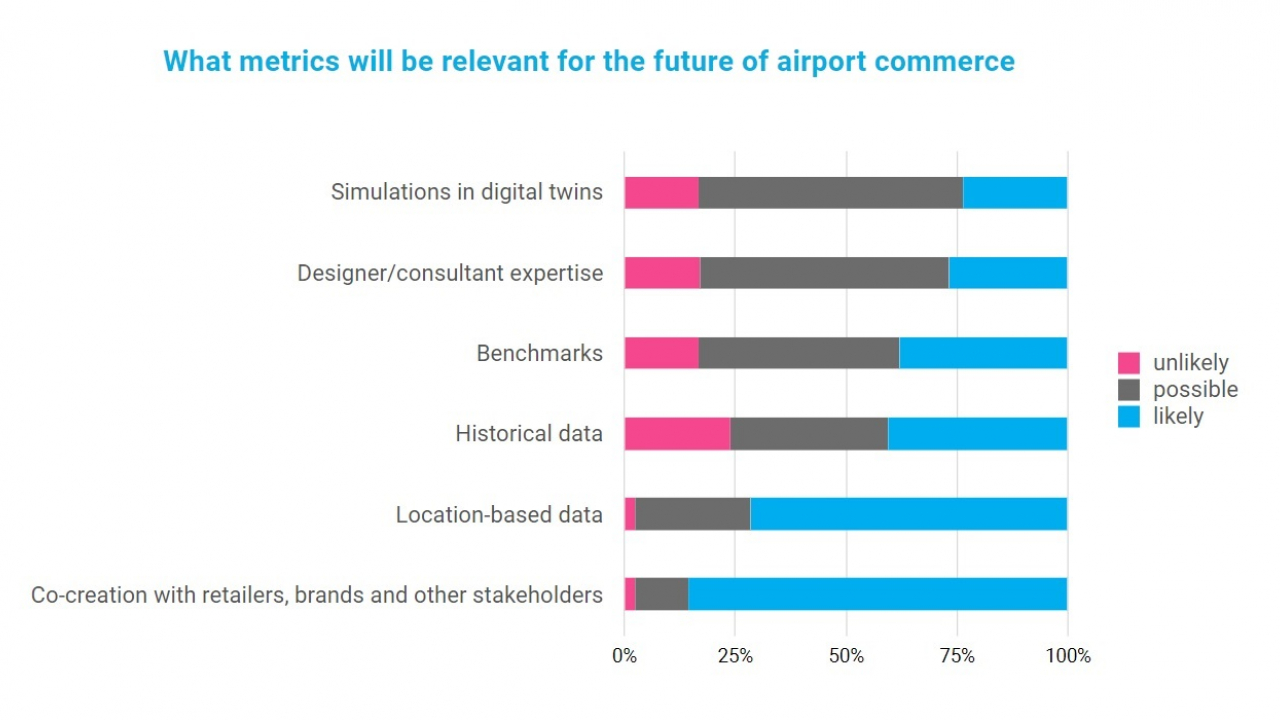Which Metrics Will Decide the Future of Airport Commerce?
Kevin Rozario
January 25, 2023

Heinemann's shops at Berlin Airport
© Gebr. Heinemann
Airports are awash with data now that so many of their internal processes are digitized. The customer journey is also subject to more technological monitoring, opening the door to better ways of optimizing non-aeronautical revenue.
A new report—Building Blocks For The Future Of Airport Commerce—from Netherlands-based Kinetic Consultancy, has just been released. Based on input from industry experts and supported by AirportIR, it outlines some key elements that may define the future of airport commerce.
Overall, the consultancy, led by CEO Martijn Steur, has concluded that enhancing the customer experience through diversification will be a crucial component in the success of the non-aero business. “This enhancement will clearly build on top of what is already there—a strong retail and F&B offer,” says the report.
Delivering that enhancement requires a sifting of all that data and sharing it usefully. This will increase “the level of objective data within an airport.” These data sources are handy for everything from tracking stock and personnel planning to maintaining various KPIs.
Spend or Revenue per Passenger
So which bits of data are considered the most important? In Kinetic’s survey, over 86% of respondents pointed to spending or revenue per passenger. This performance metric can be used across airports and therefore act as a useful benchmark.
More subjective data stemming from mystery shoppers, emotion ratings, and experience sampling were also cited as necessary to glean ideas for improvements and new selling opportunities. For example, a long dwell time in-store is often considered a good thing, but if passengers waste time searching for a specific item, they lose valuable time to roam and potentially buy several others.

© Kinetic Consultancy

As for touchpoints on the passenger journey, Jérôme Lepage, Marketing & Business Development Director in the Transport Division at JCDecaux, says: “We should consider relating sales outside of the airport to in-airport experiences for retail brands that have a unique offer inside through a store or exhibition stand.”
Most metrics to evaluate success and forward plan consist of a combination of passenger numbers, sales, and space (square feet). “With an increased focus on experience, additional digital layers, shifting categories and/or shopping behavior, these metrics might start to lose their descriptive and predictive value. Therefore, we asked our respondents to evaluate other potentially relevant metrics.” notes the report.
Top of the list came ‘co-creation with retailers, brands and other stakeholders’. Over 80% of experts think co-creation will be decisive in the future of airport commerce, while more than 70% think ‘location-based data’ is likely to be decisive (see graph above).
These were the only two among six metrics that took over 50% of the vote. However, there was plenty of indecision, with a big proportion citing ‘simulations in digital twins’ and ‘designer/consultant expertise’ as “possibly relevant”. This might be because they are not familiar with digital twinning, or have no hard data on how designers/consultants improve sales.
Moreover, while a lot of value is given to partnerships and trying new commercial relationships, not many measures currently track their effects. Nevertheless, it seems that experts subjectively value partnerships and experimentation.
Optimizing and Selecting Metrics
Airport commerce is there to drive sales, turn heads and create engaging experiences, but only the first is easily measured. Location and co-creation metrics are different from spend per passenger. “They are seen as input metrics, whereas spend per passenger is an output,” says the report. For example, in a walk-through duty-free store, up to a certain point, there is a relation between footfall and sales, but it is not the footfall that should be the ultimate measure.”
Input metrics can be a heuristic; a shortcut for the actual intended outcome metric. Throughput metrics help to evaluate the process of getting the intended outcome. Focusing on footfall or location-based data can be a great heuristic for how many people have watched an advertisement or interacted with an art installation. However, combining the relatively objective data of ‘time spent in front of an art installation’ with the more subjective data of ‘enjoyment of the art installation’ offers a more rounded picture.

Kinetic has settled on three types of metric for airport commerce.
© Kinetic Consultancy
So Kinetic asked experts to rate the relevance of objective and subjective metrics on a seven-point scale. The result skews more towards objective measures (at 50%), but it is a close-run thing as 17% were neutral.
Topics such as co-creation seem more subjective, but objectifying co-creation can increase the likelihood of an organization prioritizing collaboration across stakeholders. The goal is to enhance the customer experience through a co-creative process; therefore, Kinetic looks at it as a throughput metric.
For more details on these definitions and to read the full report, click here.
[Lead image: Berlin Airport retail stores (Courtesy of Gebr. Heinemann.)]
